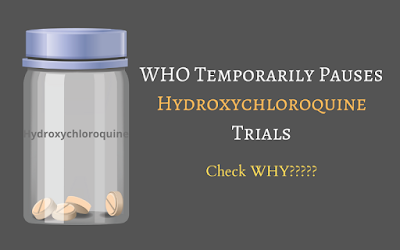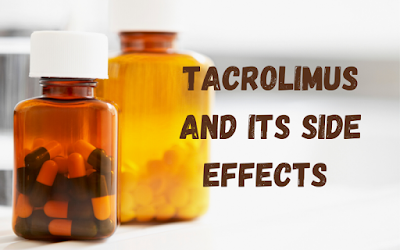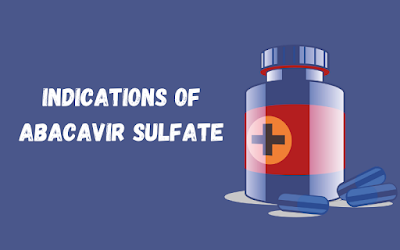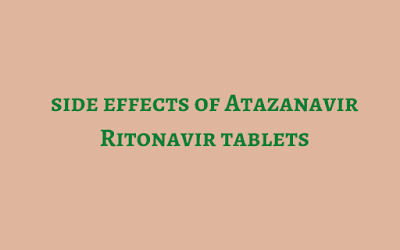Multiple myeloma is a type of blood cancer that forms in plasma cells found in the bone marrow. Plasma cells are a type of white blood cell that produces antibodies in the bone marrow to help your body fight infections and diseases.
While there is no cure available for this disease, you can use multiple myeloma medications to ease the pain or slow down its progression.
In
multiple myeloma, plasma cells become abnormal and reproduce very quickly. The rapid multiplication of these cancerous cells overwhelms the production of normal cells in the bone marrow. Unlike healthy cells, the cancer cells do not mature and die on their own. Eventually, they accumulate in the bone marrow producing abnormal antibodies called M proteins that cause kidney damage and other complications.
The cause of this disease is still unknown. What is known is that myeloma starts with the development of one malignant plasma cell. Targeted therapy destroys the protein in the cancer cells using a list of multiple myeloma medications and causes them to die.
Symptoms
The symptoms of myeloma can vary from person to person and the initial symptoms may not be even noticeable. However, as cancer progresses, one may experience any of the following major symptoms:
- Calcium (elevated)
- Renal failure
- Anemia
- Bone lesions
Other symptoms may include:
- Nausea
- Constipation
- Loss of appet
- Fatigue
- Frequent infections
- Excessive thirst
- Weakness or numbness in legs
- Weight loss
- Vomiting
- Problems in urinating
If these symptoms persist, make an appointment with your doctor or schedule a checkup.
Diagnosis
Your doctor may even detect the presence of this disease accidentally when you undergo a routine checkup or blood test. Your doctor will decide when you need the treatment based on your signs and symptoms.
Here are the tests that can diagnose multiple myeloma:
- Blood tests
- Urine tests
- Imaging tests
- Biopsy
- Staging
- Bone marrow examination
Risk Factors
People are more likely to develop this disease if they are in the following categories:
- Male
- Black race
- Over the age of 50
- Overweight or obese
- Have a family history of multiple myeloma
- Have a history of MGUS (monoclonal gammopathy of undetermined significance)
Multiple Myeloma Treatment
If the disease progresses and the symptoms get worse, your doctor will have to choose from the following treatment options:
Chemotherapy
It is an aggressive form of therapy in which high doses of anti-cancer drugs are given to the patient. These medications help in killing fast-growing cells and are given before performing bone marrow transplant surgery.
Targeted therapy
This treatment primarily focuses on the substances within malignant cells that cause them to survive. Drugs like bortezomib and
carfilzomib injection are used to break down the protein and kill the cancer cells. You can either take these drugs in the form of pills or inject them in your body through the veins in your arms.
Radiation therapy
Strong energy beams like protons or X-rays are used to damage myeloma cells in a specific area of the body and inhibit their growth.
Biological therapy
This therapy includes using your immune system for attacking myeloma cells. Thalidomide, lenalidomide, and
pomalidomide are some of the biological therapy drugs that help in boosting your immune system.
Taking
lenalidomide 25 mg with dexamethasone is more potent than thalidomide and also has fewer side effects.
Corticosteroids
Corticosteroid drugs like prednisone and dexamethasone can balance your immune system by lowering inflammation. They work as active agents to destroy myeloma cells and can be taken in pill form.
Bone marrow transplant
It is a treatment in which unhealthy bone marrow is replaced with a healthy one. This procedure is also called a stem cell transplant. Before the transplant, the doctor collects healthy blood-forming stem cells from your blood. You are then given high doses of chemotherapy drugs to attack the deceased bone marrow. The collected stem cells are infused in your blood from where they travel to the bones and start rebuilding a healthy bone marrow.
FAQ's
Is multiple myeloma cancer?
Multiple myeloma (MM) specifically is a sort of blood cancer. It basically affects plasma cells, which are a type of WBC that grow in the bone marrow. Healthy plasma cells form antibodies in order to help your body fight infection. Cancerous myeloma cells usually grow out of control in the bone marrow, making tumors that kill bone tissue. The overproduction of the myeloma antibodies may clog the circulation (hyperviscosity syndrome). The myeloma cells may also form tumors in the other body tissues.
What causes multiple myeloma?
Like most other existing cancers, it is not fully specified what causes MM. It begins with the plasma cells multiplying quicker than normal. Genetic changement in the cells may be responsible for triggering quickly and out of controlled growth, but the reason these DNA changes appear is unspecified.
Is multiple myeloma hereditary?
A family history of MM in a parent/sibling is a risk factor for the MM, indicating heredity plays a crucial role. Although, having a family history of multiple myeloma does not mean you will develop this cancer for sure. It means that you inherited a genetic predisposition in order to develop it. One of the major risk factors for this cancer is age. Multiple myeloma most commonly affects people aged 65 years and older. There are also certain other risk factors, which may include:
- African American race
- Exposure to radiation or certain chemicals
- Male gender
- Obesity
- Other plasma cell diseases that may be precursors to myeloma including MGUS.
Ensure, having all these risk factors does not spontaneously mean you will have MM.
And people without any certain risk factors may develop this cancer. Discuss with your healthcare practitioner in order to learn about your risks.
Is multiple myeloma curable?
Every disease has a cure, and the multiple myeloma is often controllable. By considering stem cell transplant and maintenance therapy it is possible to eliminate the cancer, temporary. Sometimes, this temporary remission may even last for several years. But eventually, the myeloma will return. Goal of the maintenance therapy is basically to prolong the period of time patients are free of myeloma, preserve a standard quality of life, and ultimately, increased survival.
What is new in MM research?
There are numerous currently active areas of research in MM as well as its treatment. The scientists continuously study the disease process in order to understand how myeloma begins and invades. This research is helping in order to identify new targets for medication therapy. Researchers are also evaluating the genetics of the myeloma cells and how they can be hazardous for the immune system to fight them. Additionally, findings are looking at the better ways in order to use drugs and stem cell transplants to increase response as well as remission. Apart from that, there are also several new medications in multiple phases of the clinical trials.
If you are looking forward to participating in a clinical trial, discuss with your healthcare practitioner.
NOTE: The piece of information provided about "Multiple Myeloma: Everything You Need to Know About the Cancer of Plasma Cells" in this article is for informational purposes and is not served as a substitute for the medical treatment, consultation, diagnosis of an experienced or qualified healthcare professional.
Read:- How Fatal is multiple myeloma
















